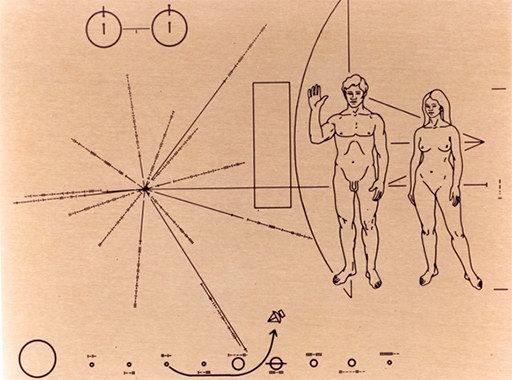1.1 The Grand Tour
In the 1960s and 1970s, NASA was the only space agency with the capability to send a probe to the outer Solar System. Proposals were made to take advantage of a rare alignment of the planets to allow a single mission to fly past Jupiter, then onwards in turn to Saturn, Uranus and Neptune and maybe even onwards to Pluto. This was dubbed the ‘Grand Tour’. It wasn’t so much the shortness of the route from planet to planet that was important; it was that a spacecraft could take advantage of the first planet’s gravity to swing its trajectory onwards towards the next target, and so on, in a so-called ‘gravitational slingshot’ manoeuvre – known more prosaically as a ‘gravity-assist manoeuvre’. You may recall that it was just such a manoeuvre round the Moon that was critical in getting Apollo 13 home safely.
At that time, the prime goals for exploration were the planets themselves. Few people expected their moons to be anything like as fascinating as we have now discovered them to be. In preparation for this proposed Grand Tour, NASA launched two trial probes: Pioneer 10 in 1972 and Pioneer 11 in 1973. Pioneer 10 flew past Jupiter in 1973. Pioneer 11 flew past Jupiter in 1975 and past Saturn in 1979. By today’s standards, these were very simple probes, lacking anything that we would count as an on-board computer, and able to store only a very limited number of commands transmitted from Earth. The images they beamed back were of poor quality (and few were of the moons). However, they did prove that a space probe can survive passage through the Asteroid Belt, which lies between Mars and Jupiter. These probes also showed the strength of the magnetic fields and radiation belts close to Jupiter and Saturn that future missions would need to withstand.
Neither of the Pioneers passed close to any more-distant planets, but being the first probes from Earth whose trajectories would ultimately take them beyond the Solar System and into interstellar space, each carried an engraved gold-coated plaque bearing symbolic greetings from Earth and other graphics intended to allow the point of origin to be traced by any beings who might one day salvage the craft.

